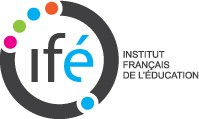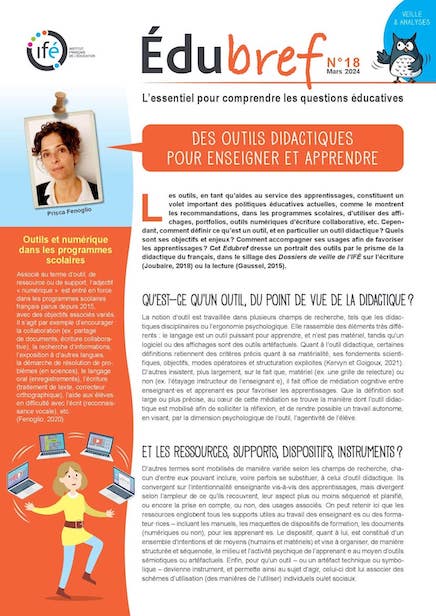A What Works Clearinghouse Rapid Evidence Review of Distance Learning Programs
Auteur(s) : Sahni, S.D., Polanin, J.R., Zhang, Q., Michaelson, L.E., Caverly, S., Polese, M.L., & Yang, J.
Editeur(s) : Institute of Education Sciences (IES)
Date : 01/2021
Due to the COVID-19 global pandemic, educators and school administrators need to understand the available distance learning models and programs that may assist students who attend school from a remote location. To meet this need, this rapid evidence review sought to identify and report on what works in distance learning educational programming. After an extensive search and screening process, the What Works Clearinghouse (WWC) reviewed 36 studies spanning kindergarten through postsecondary education. Fifteen studies met the WWC Group Design Standards; of those, four met the Every Student Succeeds Act (ESSA) Tier 1 requirements. An analysis of where research has been conducted revealed that several distance learning programs for K–8 students met WWC Group Design Standards but only one study of distance learning program for high school students met WWC Group Design Standards. In addition, a meta-analysis of studies with similar design characteristics (nine in total) found that, on average, students in the distance learning programs improved in the English language arts (ELA) outcome domain but not in the mathematics domain. Although the results are promising, continued research using rigorous, randomized designs should be a priority.
Lire aussi :
- WWC Rapid Evidence Review of Distance Learning Programs - Technical Appendix
- WWC Rapid Evidence Review of Distance Learning Programs – Screening Process Infographic
Télécharger le document : https://ies.ed.gov/.../Distance_Learning_RER_508c.pdf
mot(s) clé(s) : enseignement et formation à distance














